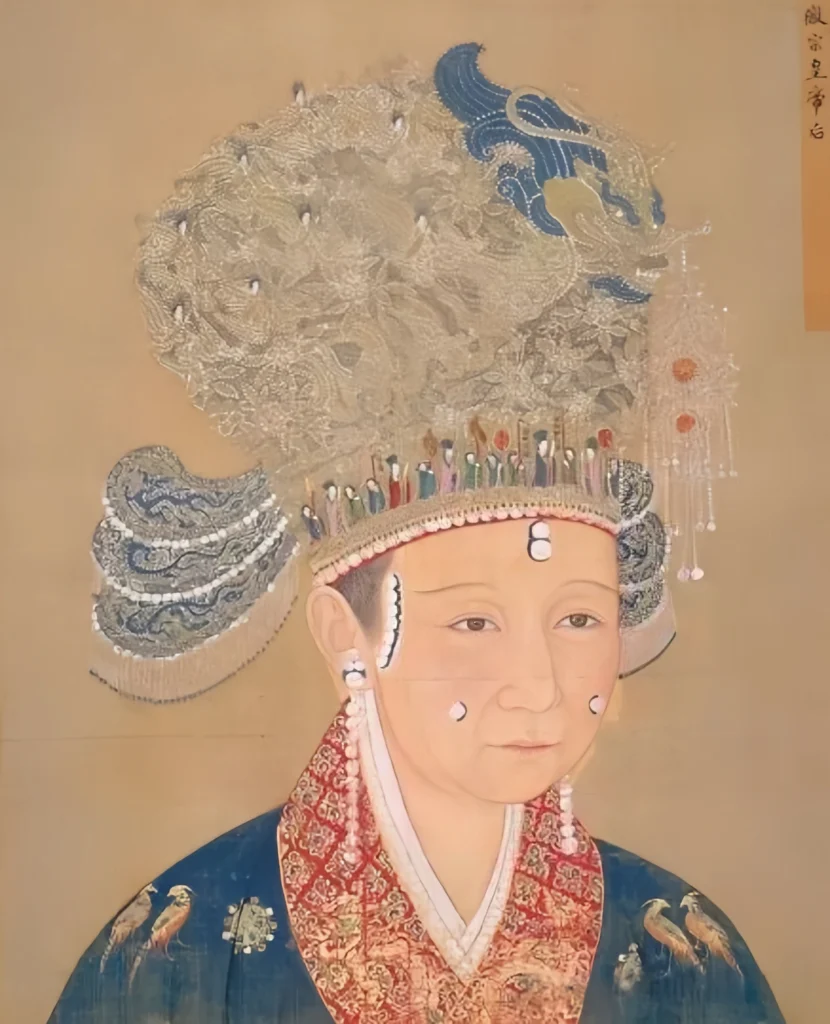Differences Between Hanfu and Qipao: What Sets Them Apart?

When we think of traditional Chinese clothing, two iconic styles often come to mind: Hanfu and the Qipao. These garments both hold a significant place in Chinese heritage, yet they hail from different eras and showcase distinct styles. As the Hanfu movement grows in popularity today, many people are rediscovering its rich history and cultural significance.So, what exactly sets Hanfu and Qipao apart? Let’s break it down.
Differences Between Hanfu and Qipao
1. The Origins of Hanfu and Qipao
Hanfu: The Traditional Dress of the Han People
The roots of Hanfu can be traced back to the time of the Yellow Emperor, over 5,000 years ago, and it remained the traditional clothing for the Han people until the mid-17th century (around the Ming-Qing transition). Over this long period, Hanfu evolved through various dynasties, developing unique features that reflected the culture and society of each era.

Qipao: The Iconic Garment of the Republic Era
Qipao, also known as Cheongsam, emerged much later in the early 20th century, during the 1920s. It quickly became the most popular female attire of the time and remains a symbol of modern Chinese femininity. The origins of this iconic garment are still debated, with some suggesting it developed from the long robes worn during the Qing Dynasty, while others trace it back to earlier periods, such as the Zhou or Han dynasties. In some circles, the Qipao is also viewed as a Westernized version of traditional Chinese dress.

2. The Distinct Styles of Hanfu and Qipao
Hanfu’s Diverse Styles
Hanfu is incredibly diverse, with its designs changing significantly across different dynasties, such as the Han, Tang, Song, and Ming periods. The style varies greatly depending on the era, but Hanfu can be broadly classified into three main categories:
- Shenyi: A single garment where the top and bottom are sewn together.
- Yishang: A separate top and bottom, commonly seen in earlier periods.
- Tongcai: A streamlined design with no seams between the top and the bottom, giving it a more direct cut.

Qipao’s Evolution Through Time
Qipao, too, has undergone many transformations over the decades, influenced by changing societal norms and tastes. Originally, it featured simple, straight lines and looser fits. During the 1930s and 40s, this garment entered its “golden age,” with designs becoming more form-fitting and elaborate. The silhouette became more sculpted, thanks to the introduction of darts and a tailored waist, which emphasized a distinctly feminine shape. Additionally, the collar, sleeves, and skirts underwent transformations, with options like high collars, short sleeves, and even fish-tail or wave-shaped hems.

Modern Qipao continues to evolve and is often seen on international runways or at events, showcasing a blend of tradition and contemporary flair.
3. Features that Define Hanfu and Qipao
Hanfu’s Unique Characteristics
One of the key elements of Hanfu is its cross-collar design—where the left side of the collar overlaps the right. The overall look of Hanfu is very graceful, with wide sleeves and a flowing design. These wide sleeves are often used in formal wear, adding an air of elegance and grandeur. Additionally, Hanfu often uses tie belts or hidden buttons to fasten garments, maintaining a traditional, more modest appearance.

Qipao’s Signature Style
Qipao, by contrast, is known for its straight, high collar, which is often a key feature. The front typically features buttons, and the sides may have slits to add a bit of flair and movement. Many Qipao designs use a single piece of fabric, making it a simple yet elegant garment. The sleeves are often short and attached directly to the body of the dress, fitting closely to the arms.

4. Similarities Between Hanfu and Qipao
Although Hanfu and Qipao come from different time periods, they share some common traits. Both types of clothing faded from mainstream fashion for a while, but in recent years, there has been a resurgence of interest in both.

Hanfu’s Revival
After the Qing Dynasty, Hanfu fell out of favor, especially as Chinese society was influenced by foreign cultures. During the Qing rule, the Han people were forced to adopt Manchu-style clothing, which led to the gradual disappearance of Hanfu. But in the 21st century, with China’s rising global influence, people have started to rediscover and embrace their traditional roots. The Hanfu Movement has gained traction, with many people pushing for the revival of Hanfu, not just as a historical relic but as part of the daily lives and cultural pride of modern Chinese people.
Qipao’s Resurgence
The Qipao, too, faced a period of decline after the 1950s. However, in the 1980s, as interest in traditional culture began to grow again, it made a strong comeback. Today, the garment is recognized globally and has become a staple of Chinese fashion, often worn at cultural events, festivals, and international occasions. In fact, it was designated as the official dress for Chinese female diplomats in 1984 and continues to be featured in global events, such as the APEC conferences.
Conclusion
Hanfu and Qipao are both powerful symbols of Chinese cultural heritage, each representing a different era in Chinese history. While they differ in origin, design, and style, both garments reflect the rich and diverse traditions of China. The revival of both Hanfu and Qipao is a testament to the enduring influence of Chinese culture and the continued appreciation of its historical clothing. Whether you’re drawn to the elegance of Hanfu or the chic sophistication of the Qipao, these garments offer a beautiful glimpse into the past, while still holding a place in modern fashion.
For more on Hanfu and Qipao and their revival, check out this Hanfu Movement article.





Responses